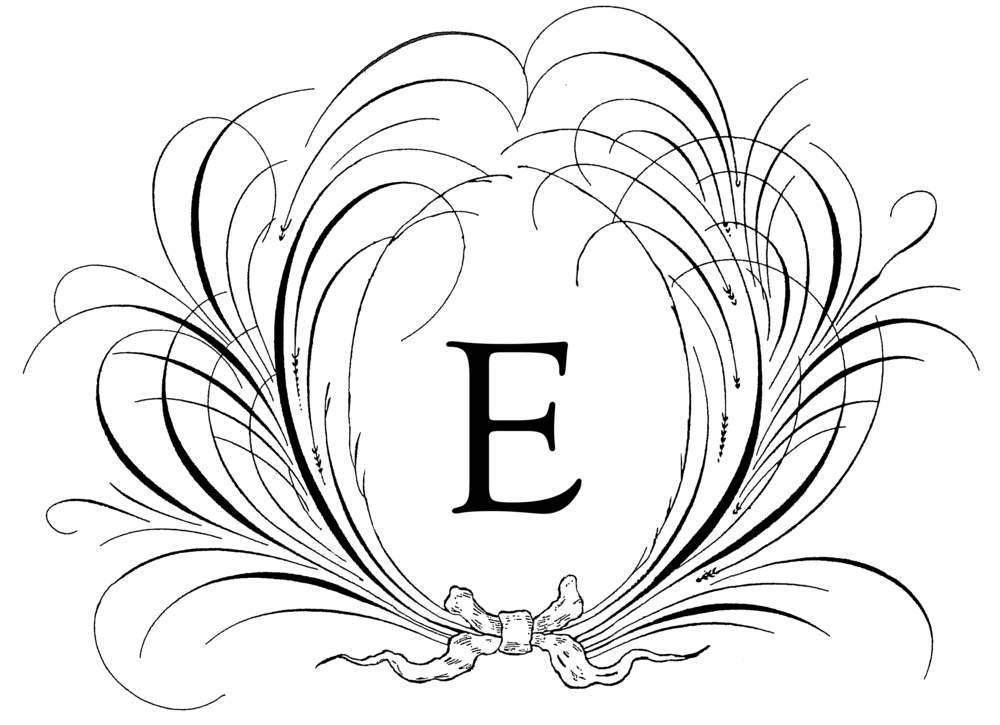Machine embroidery is so much fun and part of the fun is playing with all those threads. Recently, I made my college daughter a Mexican flower peasant blouse that had 53,877 stitches using thirteen different bright and neon colors. I had so much fun organizing all those threads.
Many machine embroiders use these wooden or plastic spindle type racks to display their vast assortment of threads, aka, their stash. I also use this method and have several to keep them all sorted by color, but I also have one wooden "June Tailor" rack that is collapsible. I can conveniently fold it away when I am not using it.
It holds thirty-four different spools, allowing me to sort that many thread jumps. Personally, I have never had a design loaded into the machine that was more than that, as I have always had to re-hoop to get that much onto my surface.
Most embroidery machines today have the capability to show the sequence order of the thread jumps. This is such a wonderful feature and allows you to keep everything organized by referring to the sequence number on the machine compared with that on the design sheet and then keeping the threads in the same order on the rack. Checking and rechecking all three constantly makes for a perfect stitch-out.
Inevitably, the threads will be used more than once. There is the dilemma - what to do with that open space. You could just leave it open, but then you run the risk of loosing track of your placement, or if you are like me and have accidentally purchased the same color twice, you could use the duplicate. However, it never seems to work out that that is the color that is duplicated and you are still left with that gapping hole. Dixie cups to the rescue!
Those Dixie cups are the best! You turn them upside down and write on the number of the thread color on the bottoms that should be next in order. Voila! An inexpensive placement marker and you will not loose your place again.
The best part of those cups...they can be filled with your sweet pick-me-up when not in use.
What is the most unusual thing you use in your sewing room?








